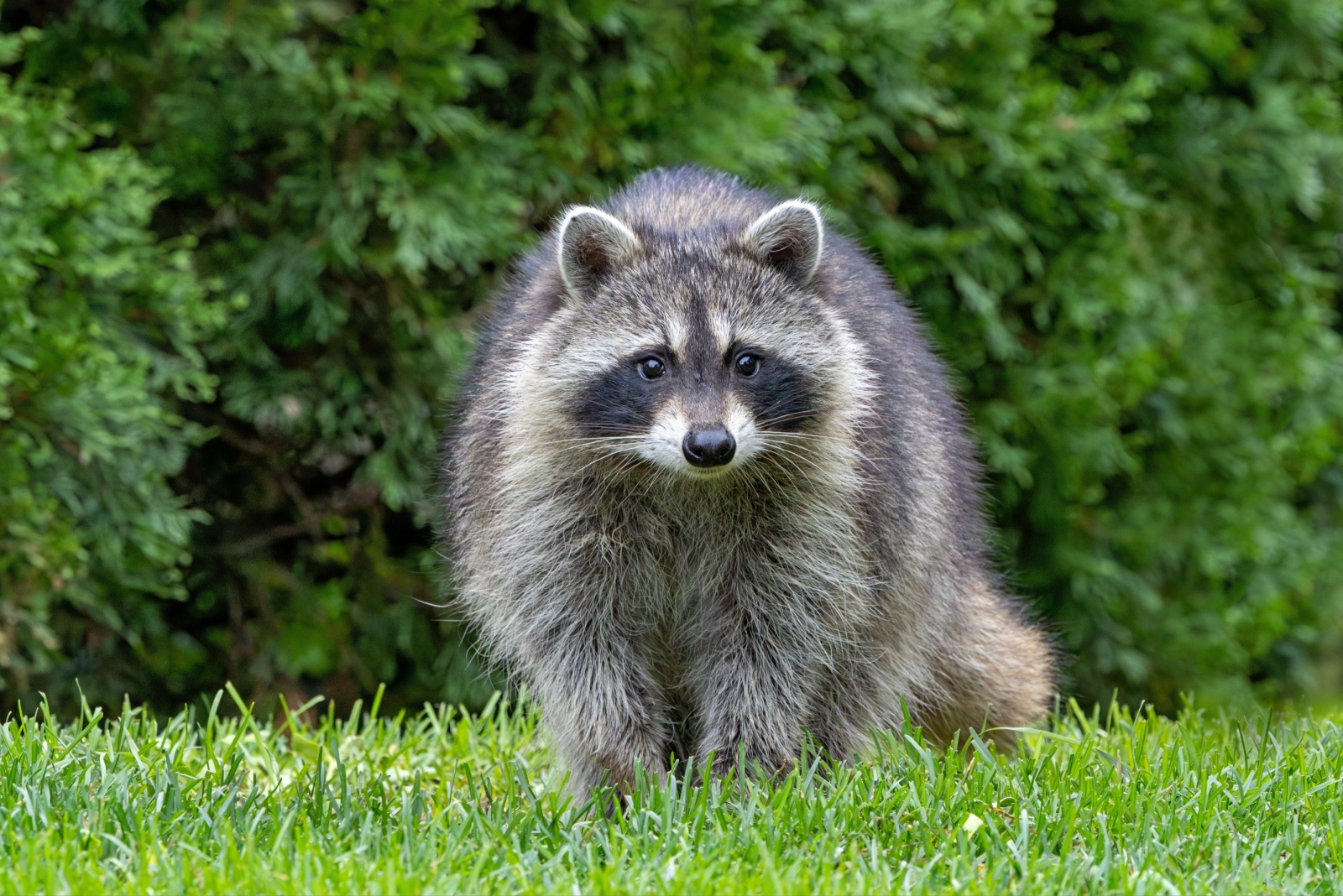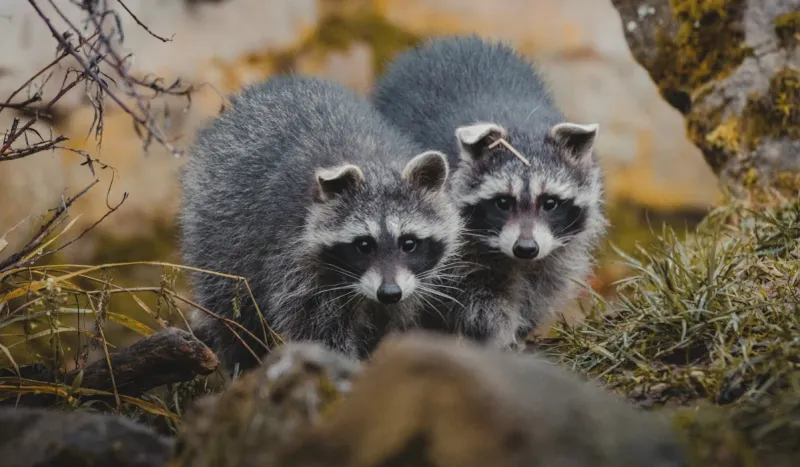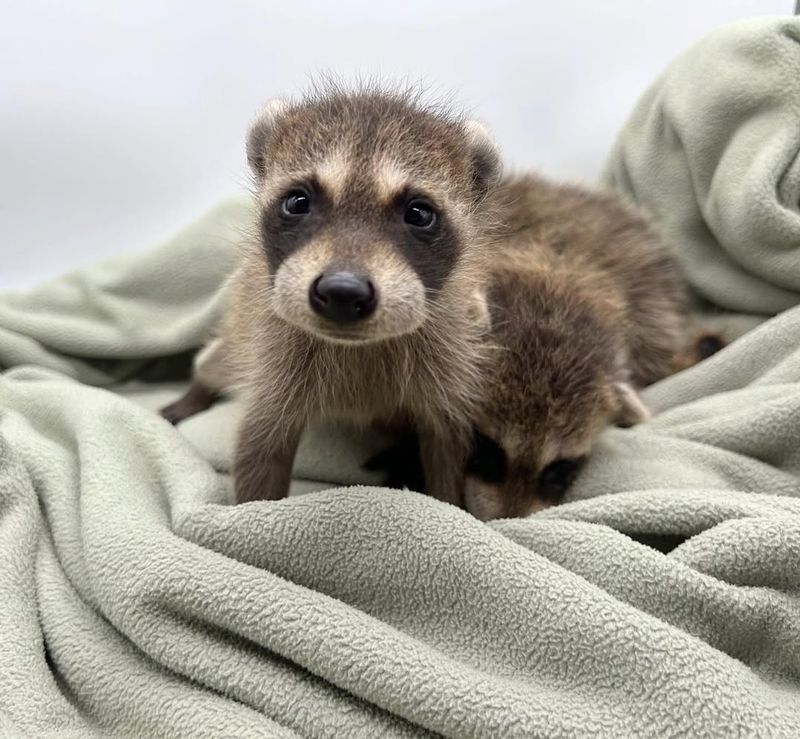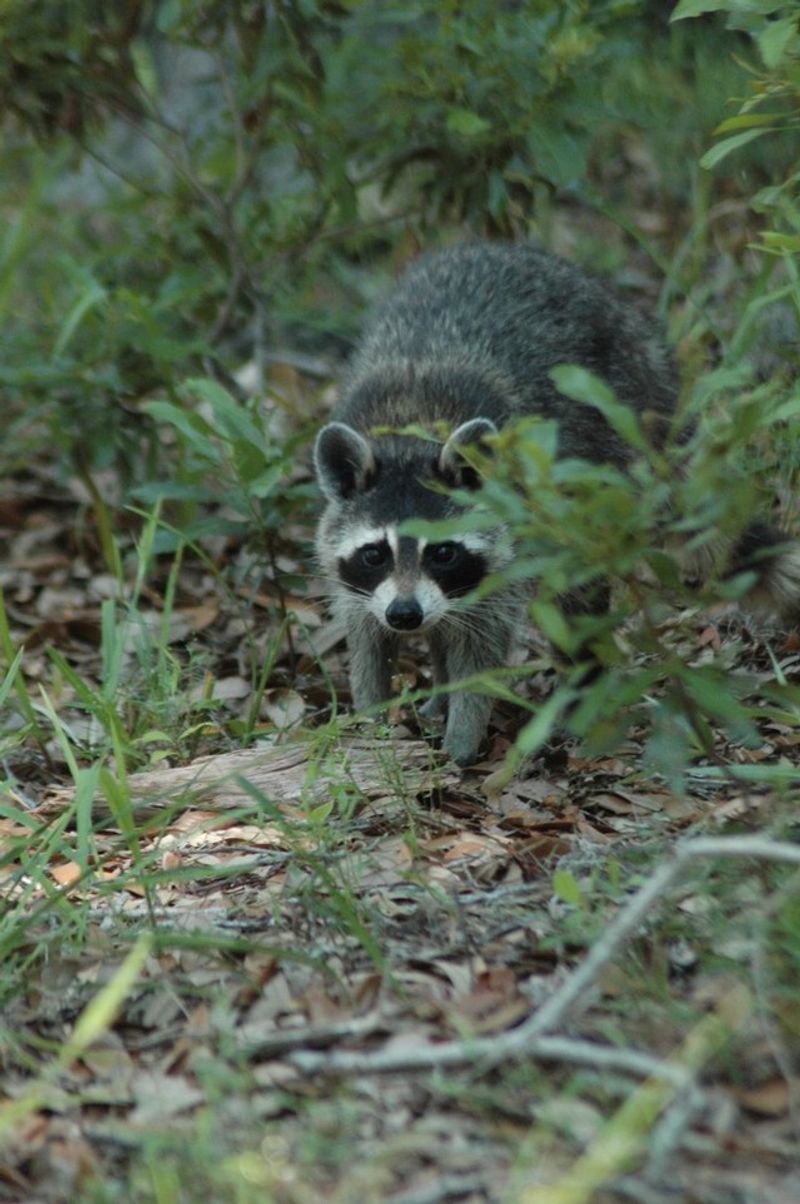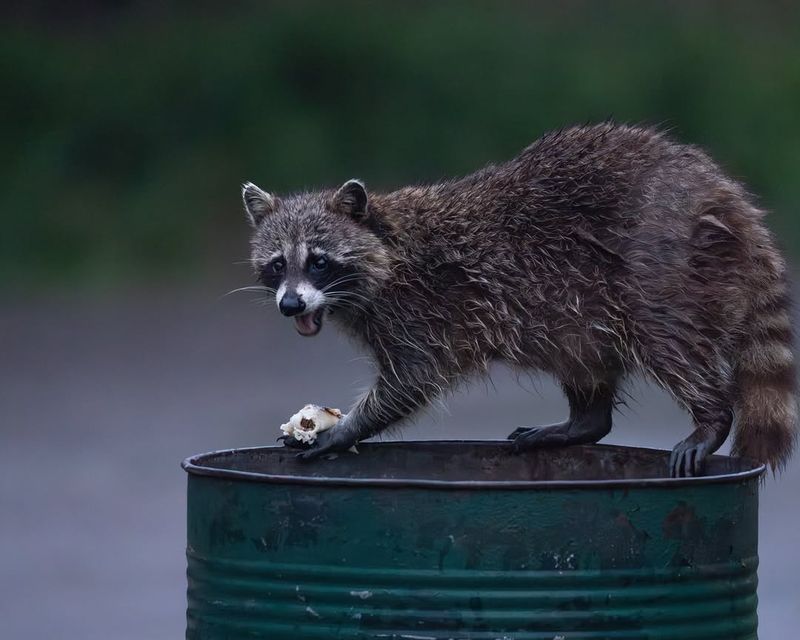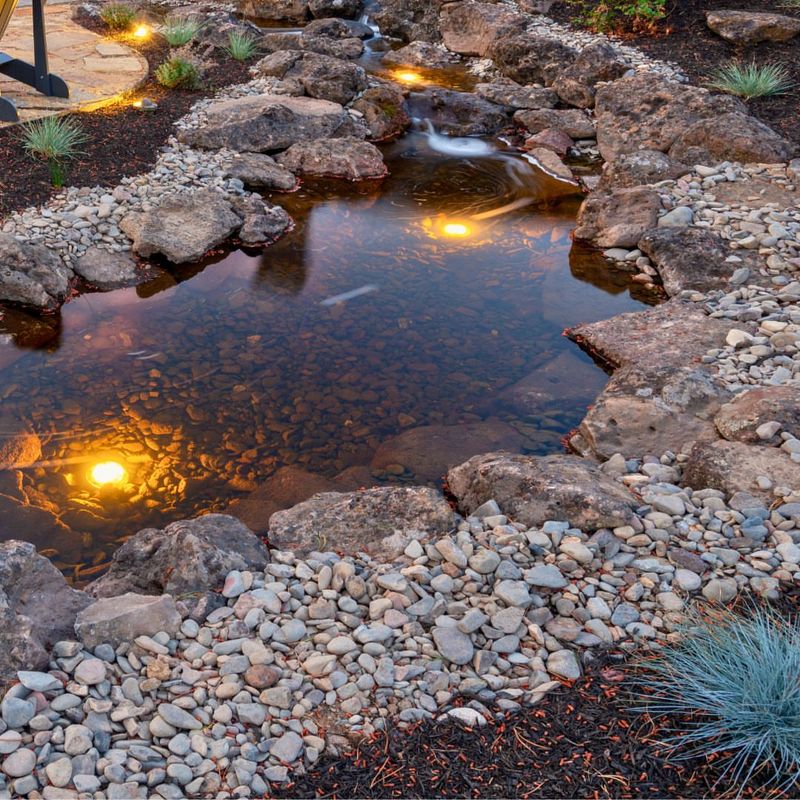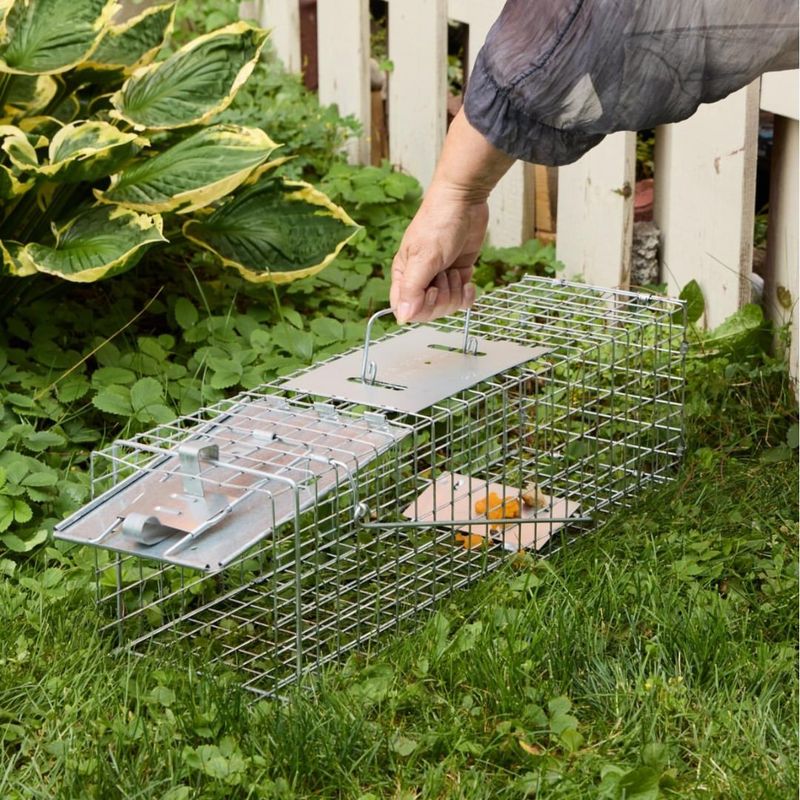Finding raccoons in your Arizona yard can be both surprising and concerning. While these masked critters might look cute, they can cause property damage and create health risks for your family and pets.
Before you take action to remove them, understanding the right approach will save you time, money, and potential legal trouble.
1. Raccoons Are Protected By State Law
Arizona wildlife regulations classify raccoons as protected furbearers, meaning you cannot harm or relocate them without proper permits. Violating these laws can result in hefty fines and legal consequences.
Only licensed wildlife control professionals have the authority to trap and relocate raccoons legally. If you attempt removal on your own, you could face penalties from the Arizona Game and Fish Department.
Always contact local authorities or certified wildlife experts before taking any action against raccoons on your property.
2. Baby Raccoons May Be Hidden Nearby
Female raccoons often raise their young in attics, sheds, or under decks during spring and early summer. Removing an adult raccoon without checking for babies can leave orphaned kits to starve.
Baby raccoons are completely dependent on their mothers for several weeks. Separating them too early causes unnecessary suffering and death.
Professional wildlife removers know how to locate hidden nests and reunite families safely. Timing your removal efforts around breeding season prevents these heartbreaking situations from occurring in your yard.
3. Raccoons Carry Dangerous Diseases
Rabies poses the most serious threat from raccoons in Arizona, along with roundworm parasites found in their droppings. Direct contact with infected animals or their waste can transmit these illnesses to humans and pets.
Raccoon roundworm eggs remain infectious in soil for years, making contaminated areas hazardous long after the animals leave. Children playing in yards are especially vulnerable to accidental exposure.
Never approach or handle raccoons yourself. Professional removal services use protective equipment and proper sanitation methods to eliminate health risks completely.
4. Food Sources Attract Them Initially
Unsecured trash cans, pet food bowls left outside, and fallen fruit from trees create irresistible buffets for hungry raccoons. Once they discover reliable food sources, they return night after night.
Bird feeders and compost piles also draw these opportunistic feeders to your property. Eliminating easy meals is the first step in discouraging raccoon visits.
Secure all garbage in animal-proof containers and bring pet food indoors before dark. Simple changes to your outdoor habits often solve raccoon problems without removal.
5. Water Features Need Protection Too
Raccoons are famous for washing their food before eating, making pools, ponds, and fountains attractive destinations. They will repeatedly visit water sources, especially during Arizona’s hot, dry months.
Koi ponds face particular danger since raccoons enjoy fishing for easy prey. Installing motion-activated sprinklers or covers protects your water features effectively.
Fencing around pools and netting over ponds creates physical barriers that discourage raccoon activity. These preventive measures work better than attempting removal after raccoons have established routines around water.
6. Exclusion Works Better Than Relocation
Sealing entry points to attics, crawl spaces, and sheds prevents raccoons from denning on your property permanently. One-way doors allow current residents to leave but not return.
Relocation rarely solves problems because new raccoons quickly move into vacant territories. Your yard remains attractive to the next animal looking for shelter and food.
Exclusion addresses the root cause by making your property uninhabitable for raccoons. Professional wildlife services can identify and secure all potential entry points you might miss on your own.
7. DIY Removal Often Makes Things Worse
Inexperienced Arizona homeowners frequently injure themselves or the animals during removal attempts. Raccoons defend themselves aggressively when cornered, using sharp teeth and claws to inflict serious wounds.
Using incorrect traps can harm raccoons or catch unintended animals like neighborhood cats. Improper handling of trapped animals increases disease transmission risks dramatically.
Professional wildlife controllers have proper training, equipment, and insurance for safe removal. Their expertise prevents injuries, legal violations, and failed removal attempts that waste your time and money.
8. Prevention Costs Less Than Removal
Arizona professional raccoon removal services typically charge several hundred dollars, while prevention methods cost significantly less upfront. Motion-sensor lights, secure trash cans, and simple habitat modifications provide long-term solutions.
Repairing damage caused by raccoons often exceeds removal costs considerably. Torn insulation, chewed wiring, and contaminated attics require expensive restoration work.
Investing in prevention now saves thousands later in removal fees and property repairs. Making your yard less appealing to raccoons protects your home and budget simultaneously.

